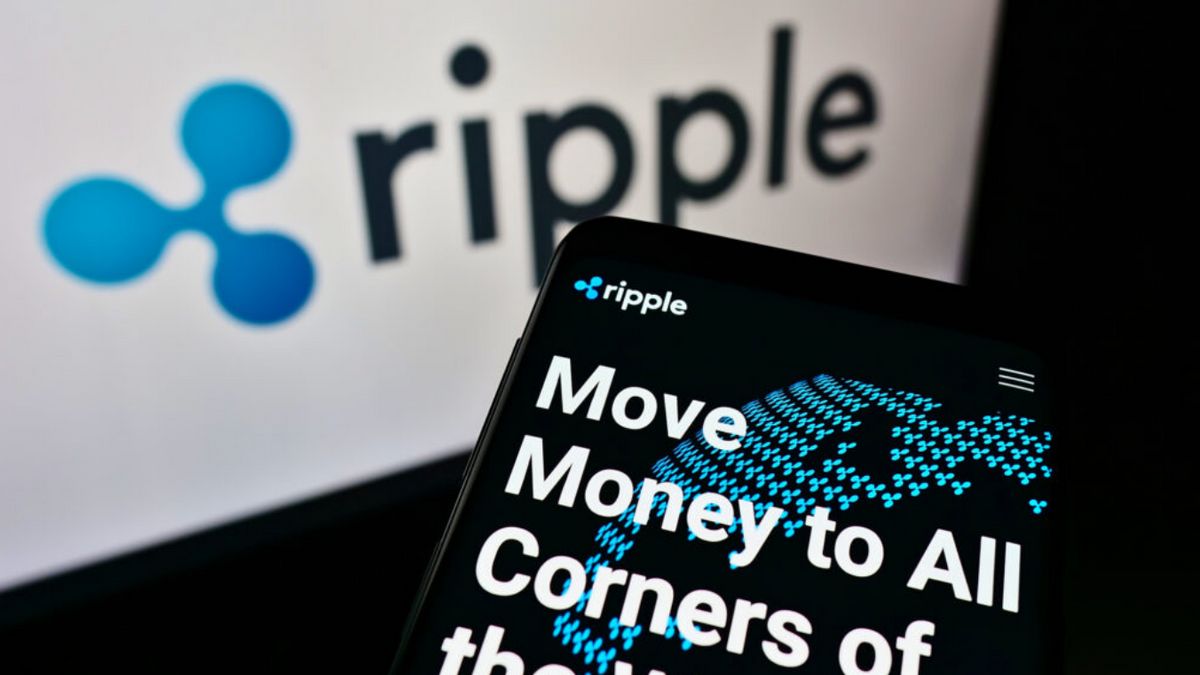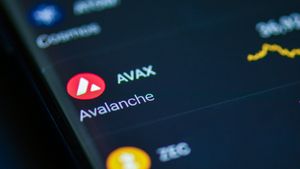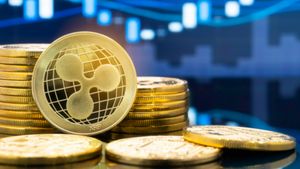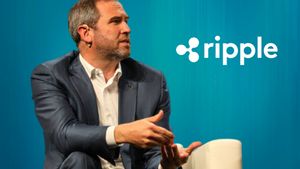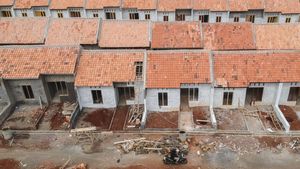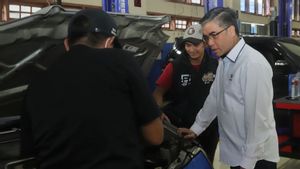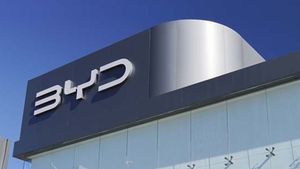JAKARTA Ripple, a blockchain-based cross-border remittance giant and crypto asset developer XRP, has shown interest in the emerging market, namely real-world asset tokenization (RWA/Real-World Assets).
For your information alone, tokenization of real-world assets is the process of converting physical or digital asset ownership rights into blockchain-tradable tokens. Through XRP Ledger (XRPL), a distributed ledger supporting XRP crypto assets, Ripple plans to tokenize real-world assets. This was revealed by David Schwartz, Ripple's Chief Technology Officer, the company that developed XRPL.
In a recent interview, Schwartz explained XRPL's strategic steps to compete with major financial institutions such as JPMorgan and Bank of America, which are also interested in asset tokenization. Schwartz assesses that XRPL has a technological advantage that makes it more suitable for asset tokenization than any other blockchain, including Bitcoin.
Schwartz said he was more interested in XRPL technology than XRP, the original token used for transactions and investments in the ledger. He stressed that XRPL is the first layer-1 blockchain not coming from Bitcoin technology. This makes XRPL more flexible and can develop.
Schwartz also said that XRPL was designed from the start to serve the company's financial needs and cross-border payments, which is one of the main applications of asset tokenization. He and his team seek to make XRPL easier to adopt by companies than Bitcoin, which requires additional technology to connect it with traditional financial systems.
VOIR éGALEMENT:
Market Potential
Schwartz added that real-world asset tokenization is a challenging and growing field, with enormous market potential. He cited projections that predict that the tokenization market could reach 30 trillion US dollars (Rp 463.5 quadrillion) by 2030.
Ripple, the company that developed XRPL, has demonstrated its commitment to real-world asset tokenization. Antony Welfare, CBDC Advisor Ripple, has revealed plans to revolutionize the real estate sector through tokenization, which could increase market liquidity, transparency and efficiency.
Schwartz also has a vision to make XRPL a major platform for tokenized real-world assets, by leveraging its attractive features such as low transaction fees, high speed, and high scalability.
Thus, XRPL is ready to compete with major banks in real-world asset tokenization, which can change various sectors, such as real estate, art, and collectibles. Real-world asset tokenization can provide benefits to asset owners, investors, and society, in a more efficient, secure, and accessible manner.
The English, Chinese, Japanese, Arabic, and French versions are automatically generated by the AI. So there may still be inaccuracies in translating, please always see Indonesian as our main language. (system supported by DigitalSiber.id)
